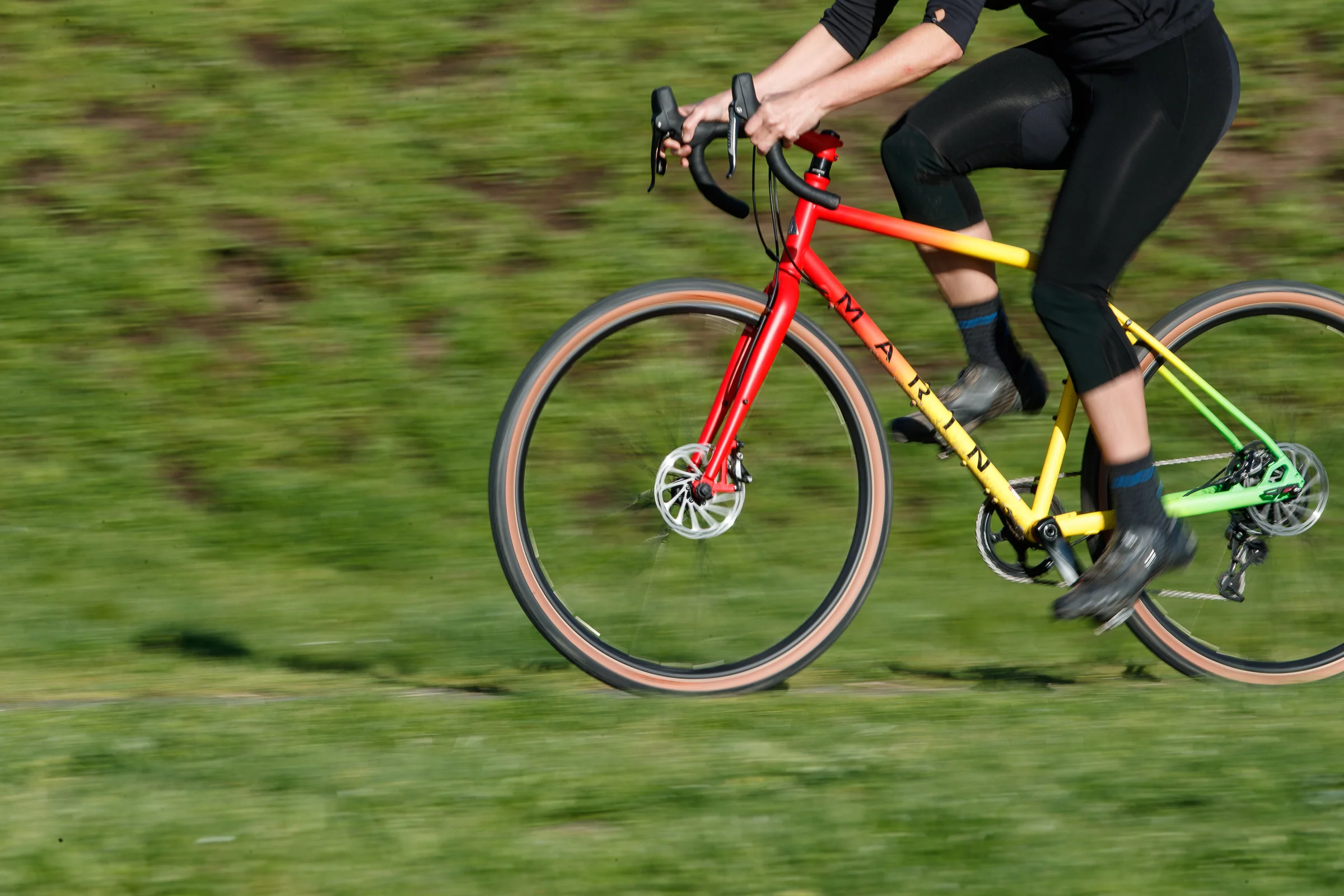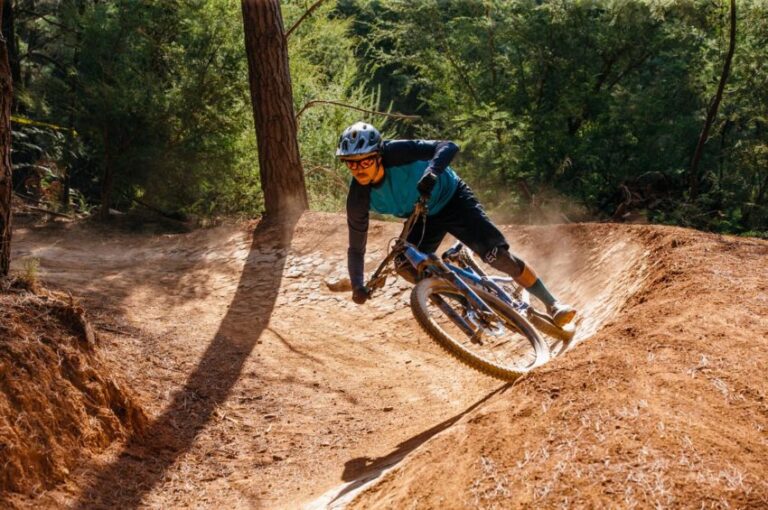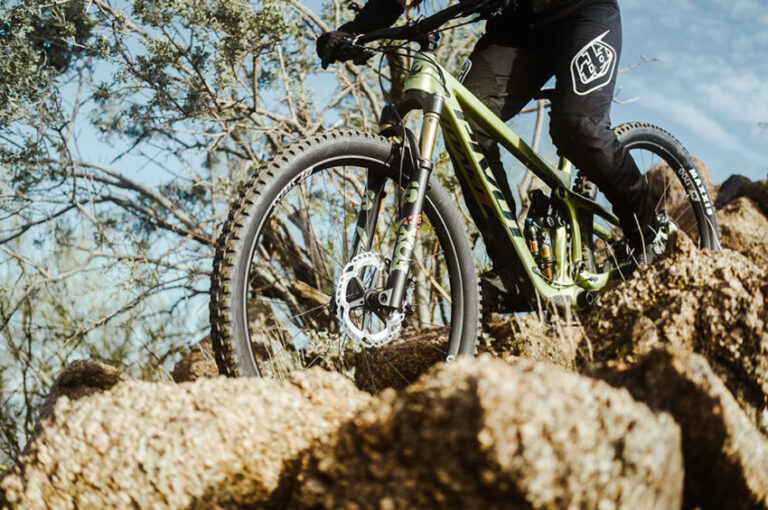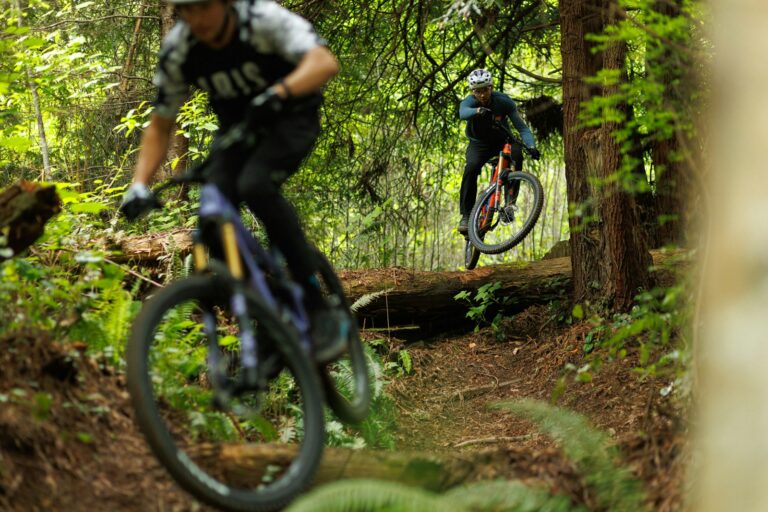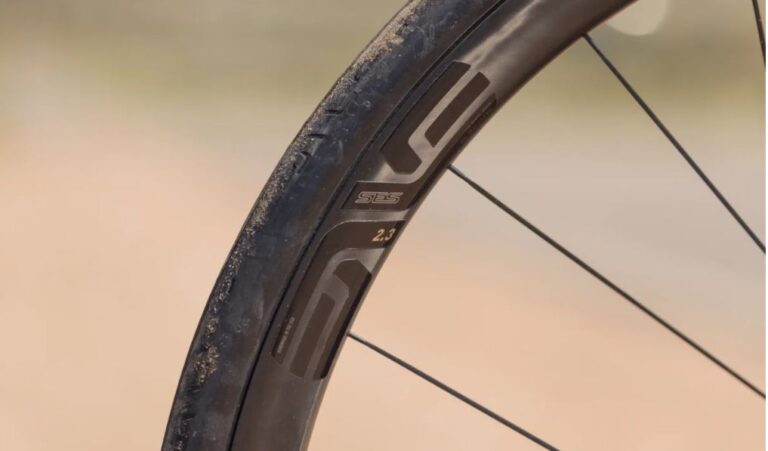Optimizing Your Ride: The Impact of Wheel Weight on Gravel Riding
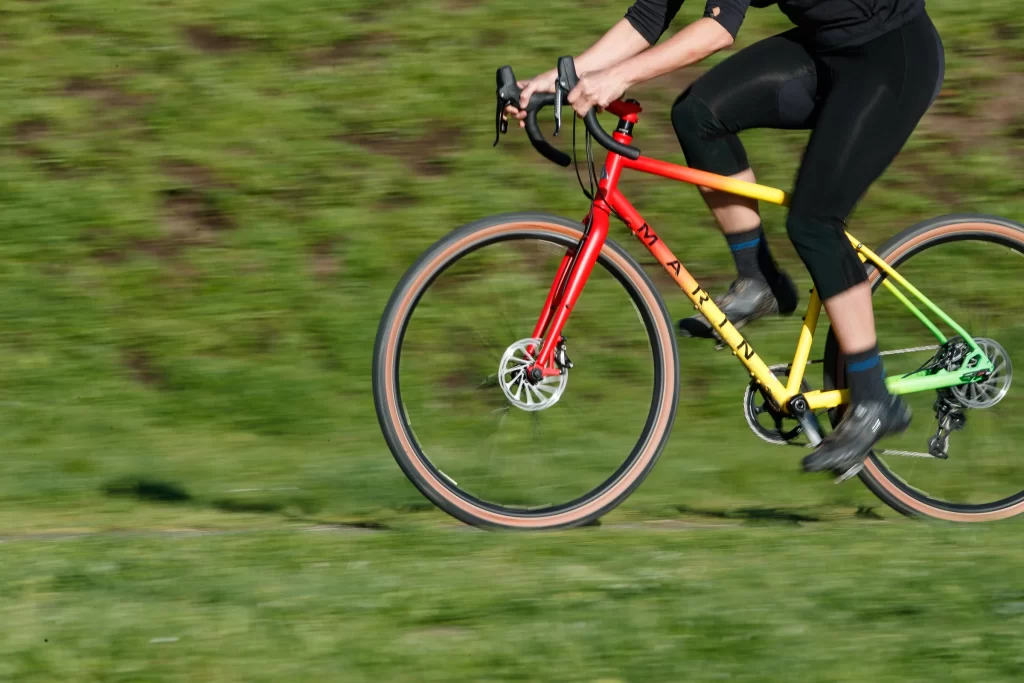
Key Point Summary of The Impact of Wheel Weight on Gravel Riding
- Acceleration and Climbing: Lighter wheels improve acceleration and make climbing easier.
- Handling and Comfort: Wheel weight can affect the bike’s handling, particularly on uneven gravel surfaces.
- Rotational Mass and Efficiency: Reducing wheel weight can lead to greater efficiency over long distances.
- Durability vs. Weight: Finding the right balance between lightweight wheels and durability suited for gravel riding.
In the realm of cycling, where every component of the bike can significantly influence the ride quality, wheel weight holds a particularly pivotal role, especially in gravel biking. Drawing from my extensive experience across various cycling disciplines, I’ve come to appreciate the nuanced ways in which wheel weight can shape the gravel riding experience.
The Dynamics of Acceleration and Climbing
One of the most immediate impacts of wheel weight is on acceleration and climbing. On gravel rides, where the terrain can vary dramatically, the ability to quickly accelerate and efficiently climb can be crucial. Lighter wheels require less energy to spin up, making them a valued ally on punchy climbs and in moments where a quick change of pace is needed. The difference becomes even more palpable on long, grueling ascents common in gravel events or adventures.
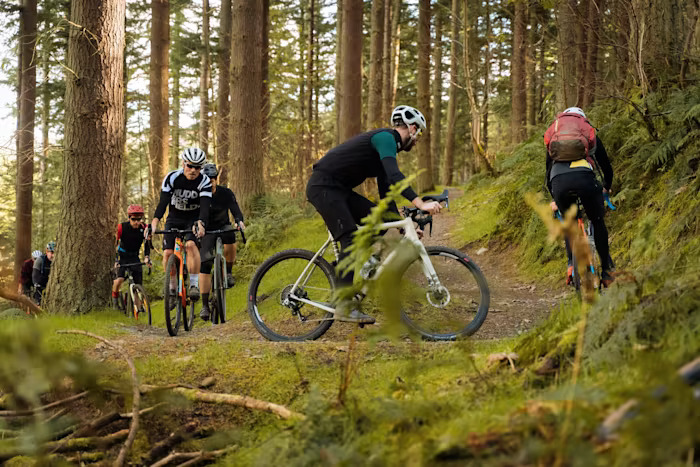
Navigating Handling and Comfort
Gravel biking often involves navigating through loose surfaces, ruts, and technical descents. The weight of the wheels can influence how the bike handles these challenges. Lighter wheels tend to offer more responsive handling, allowing for quicker directional changes with less effort. However, it’s essential to consider that extremely lightweight wheels might compromise stability, especially in windy conditions or at high speeds.
Rotational Mass: The Efficiency Factor
When discussing wheel weight, the concept of rotational mass is paramount. Wheels contribute to rotational mass, meaning weight saved on the wheels is more beneficial than weight saved elsewhere on the bike. This efficiency gain is particularly noticeable on longer rides, where reduced effort over time can lead to less fatigue and higher average speeds.
Durability Versus Weight
Gravel riding demands a lot from wheels, from enduring hits from sharp rocks to withstanding the constant vibration of uneven surfaces. Hence, while the allure of ultra-lightweight wheels is strong, it’s crucial to strike a balance between weight and durability. Wheels that are too light might not withstand the rigors of gravel riding, leading to potential failures mid-ride. Therefore, opting for wheels that offer a robust build while still keeping weight in check is wise.

The Impact of Wheel Weight on Gravel Riding: Conclusion
In conclusion, the impact of wheel weight on gravel riding is multifaceted, influencing everything from acceleration and climbing efficiency to handling and ride comfort. As gravel bikers seek to optimize their setups, understanding the trade-offs between weight, durability, and performance is key.
While lighter wheels offer clear advantages in terms of efficiency and responsiveness, ensuring they are also built to withstand the demands of gravel riding is essential. Ultimately, the best wheelset is one that aligns with your specific riding style, terrain, and performance goals, offering the perfect blend of lightness and resilience for your gravel biking adventures.
HED Emporia GA Pro
The HED Emporia GA Pro is a top-tier option designed specifically for the demands of gravel biking. Known for its robust construction and exceptional performance, this wheelset features:
- Tubeless-Ready Design: Enhances comfort and reduces the risk of flats, allowing for lower tire pressures on rugged gravel roads.
- Wide Rim Width: The Emporia GA Pro comes with a wide internal rim width, perfect for supporting wider gravel tires, ensuring better traction and stability on loose surfaces.
- Lightweight and Durable: Constructed to strike a balance between minimizing weight and maximizing durability, making it ideal for the varied conditions encountered in gravel riding.

Reynolds ATR Carbon
The Reynolds ATR Carbon wheelset is another excellent choice for gravel riders, featuring:
- Versatile and Robust: Designed to tackle everything from smooth pavement to the most challenging gravel paths, the ATR Carbon wheels are built for adventure.
- Wide, Tubeless-Ready Rims: With a focus on compatibility with wider tires, these rims offer improved traction and comfort over diverse terrain.
- Optimized for Performance: The carbon construction not only reduces weight for better climbing and acceleration but also ensures the wheels are stiff enough to handle demanding gravel rides without sacrificing durability.

This wheelset is a solid choice for gravel riders looking for a reliable, high-performance option that doesn’t compromise on durability or ride quality.
FAQ
Does weight matter on a gravel bike?
Yes, weight matters on a gravel bike, affecting acceleration, climbing ease, and overall handling, especially on varied terrain where efficiency and maneuverability are crucial.
How much difference do lighter wheels make cycling?
Lighter wheels make a significant difference in cycling by improving acceleration, making climbing easier, and enhancing the bike’s responsiveness, leading to a more enjoyable and efficient riding experience.
Happy Riding!
John
